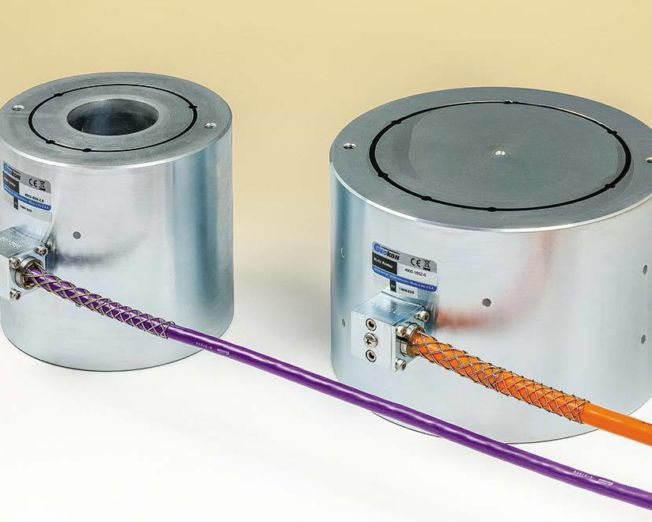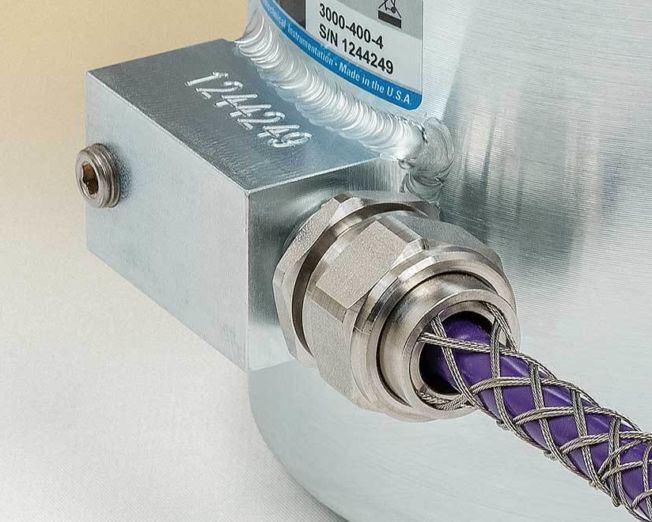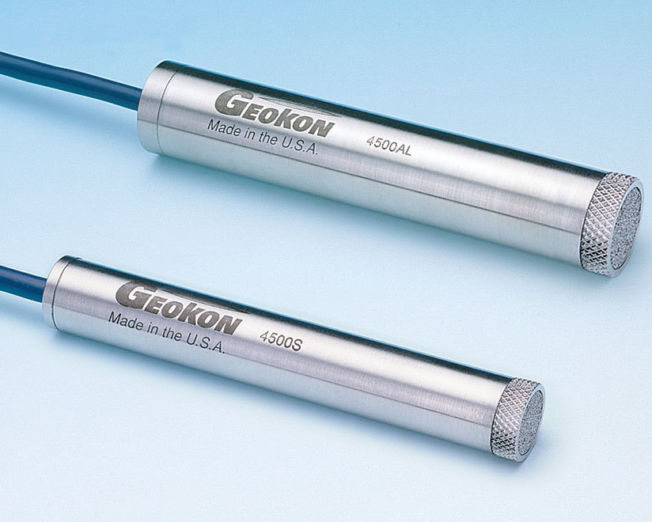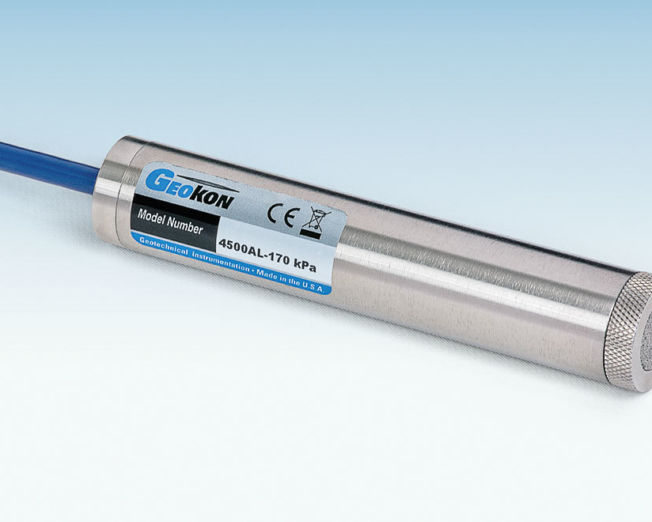During the rehabilitation of a hotel in Saudi Arabia, BDI performed monitoring of the in-situ hotel itself as well as the adjacent two structures. In this case, Structural Health and Geotechnical Monitoring was critical to structural stability for the hotel and adjacent buildings due to the new excavation being below their raft foundations. Prior to excavation commencing, all the monitoring equipment was installed using local resources and with BDI supervising the activities. Once the systems were commissioned, approximately three months of baseline measurements were collected.
The system included:
- (4) Geokon 4500S piezometers for monitoring changes in groundwater;
- (19) Geokon 4675 hydraulic settlement cells for ensuring settlement was within established tolerances;
- (19) Geokon 4425 convergence meters on the hotel face adjacent to the capture movements of the façade;
- (19) Geokon 6350 tiltmeters for measuring rotation of the structures towards the excavation;
- (11) Leica GMP 104 manual survey points as a secondary confirmation of any geometrical changes in the structures;
- (7) Geokon 4900 load cells to measure the changes in force of the ground anchors; and
- The instruments were connected to three cell-enabled Campbell CR6 datalogger and AM16/32B multiplexers with full uninterrupted power supply (UPS) backup systems, one in each building.
All three monitoring systems were connected to BDI’s online monitoring portal for remote data viewing. Additionally, and based off of the engineer’s recommended tolerances, each sensor was programmed with exceedance thresholds so that the respective stakeholders (general contractor, owner’s representative, and engineers) could be notified of any potential stability issues whereby the site was unsafe or changes to the design needed to be evaluated. Monitoring occurred until the foundation and earthworks were completed.






